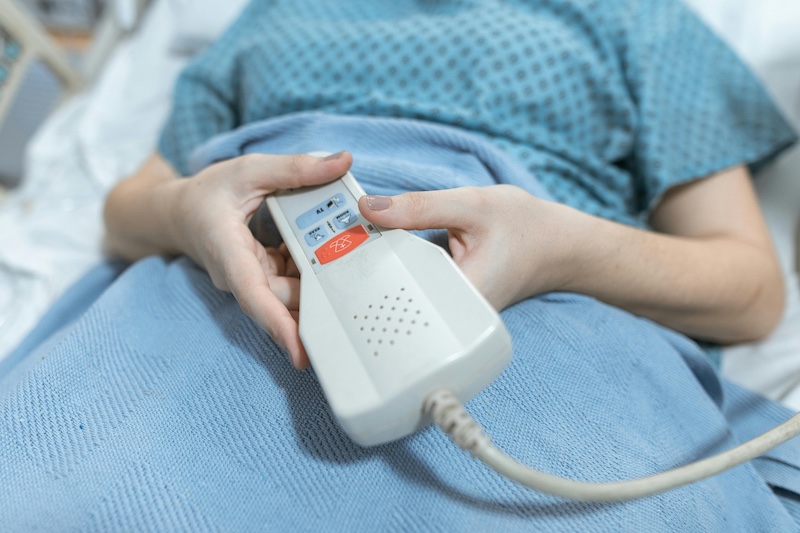Most household injuries for older adults happen in familiar rooms when routines slip. Small gaps in attention can turn into falls, burns, or missed pills.
Medical alert wearables remain the backbone for rapid help. Modern devices add GPS, fall detection, and two way voice so help is one press away.
Brands like Life Assure focus on simple setup, nationwide coverage in Canada, and no long contracts, which matters for families that want reliable support without a complex install.
Emergency Wearables With Live Monitoring
A pendant or wrist device with a clear help button connects to trained agents who can call family or local services.
Check voice clarity in a noisy kitchen, battery life measured in days, quick connection to monitoring, and options for a base station or fully mobile use. Pair charging with a daily habit like the bedside routine.
Smarter Fall Detection
Early fall algorithms triggered on a sharp drop in movement. That missed slow slides from a chair and caused false alarms during normal activity.
Newer devices analyze accelerometer and gyroscope data over short windows, then ask the wearer to confirm if they are okay. For scope and prevention basics, you can check CDC falls data.
Test with supervision. Stand up quickly, sit down fast, and stretch. Note whether the device flags those moves as a fall. Ask how sensitivity is tuned and how updates reach the device.
Passive Home Sensors That Quietly Help
Passive sensors add a safety net around the home and do not depend on someone pressing a button. Motion and door sensors can flag no movement during a usual morning window.
Bed and chair pads can note if someone got up at night and did not return. Stove monitors can turn a burner off after idle time or send an alert. Water and temperature sensors spot leaks or rooms getting too cold or hot.
Connectivity, Security, and Family Workflow
Good devices fail on a weak network. Check signal strength in the bedroom, bathroom, and yard. A mobile wearable that links over LTE helps on walks and errands. Keep control in one place with a dashboard a caregiver can check from a phone.
Security should be built in. Use unique device passwords, encrypted traffic, and automatic firmware updates. Write a short response plan and print it near the phone.
List who gets the first call, how to enter the home if nobody answers, and where the medication list lives. Share access with two trusted contacts so both can see alerts and cancel a false alarm.
A simple plan to start. For security tips, see NIST’s buyer guidance. Pick a wearable that fits, add two or three sensors in the highest risk areas, and run a two week pilot.
Check alert accuracy and battery routines. The aim is steady, quiet support that blends into daily life.
Main image by RDNE Stock project, via Pexels

